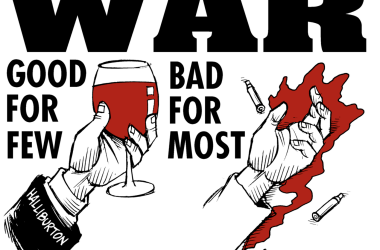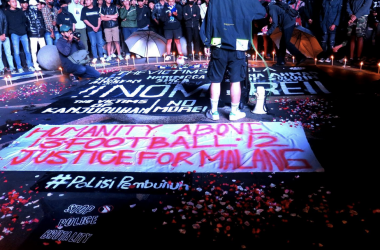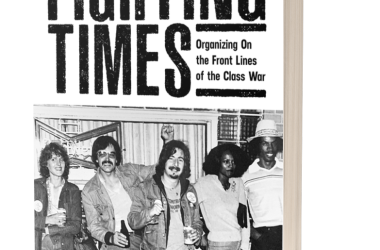By Gabriel Kuhn
A review of Vijay Prashad, Red Star Over the Third World (London: Pluto Press, 2019).
This is a first, but I’d like to start this review by saying that I wish the book had a subtitle, namely clarifying how much it focuses on the Russian Revolution. About a third into it, I felt that the Russian Revolution took up quite a lot of space for what I thought was an introductory part – so, that was before I eventually realized that the revolution’s significance was indeed a main feature of the book.
In other words, Prashad tells the history of communist organizations and movements in the Third World very much in reference to the Russian Revolution and the Soviet Union. Not to be mistaken: Prashad’s history includes much of interest. We learn about the genesis of the strong communist movements of China, India, Indonesia, and other Third World countries, intellectual figureheads such as Mirsaid Sultan-Galiev and José Carlos Mariátegui, Comintern conferences with delegates from across the world, and the historical anti-imperialism of the global communist movement. This is mandatory stuff for a left that needs to fight colonialism and Eurocentrism not only in words but in practice.
There is plenty to be said for some of Prashad’s conclusions, for example that the Eurocommunist movement “campaigned for polycentrism but, in the end, only achieved a return to social democracy” (116). However, the focus on the Soviet Union is so strong that Prashad’s account appears apologetic at times. I understand that, coming from an autonomous/anarchist background, I might rekindle tiresome and fruitless debates here, but to speak, in the context of the Spanish Revolution, of “fissures between the anarchists and the communists [that] fractured the unities necessary in the fight against fascism” (106) glosses over the fact that Stalin drove a brutal and treacherous campaign against the anarchists – highly unsettling, no matter how inept the anarchists might have been politically and militarily. In a similar vein, it is near callous to describe the 1939 Molotov-Ribbentrop Pact between the Soviet Union and the Nazis simply as being “in the realm of realpolitik – a way to salvage time before the war that was to come” (106-107). The Molotov-Ribbentrop Pact included agreements such as those on the deportation of German and Austrian antifascists from the Soviet Union, many of whom then perished in Nazi concentration camps. And while it might de facto be true that “it was the Soviet Union that saved the world from Nazism” (107), the incentive was primarily self-defense; the Soviet Union only went to war with the Nazis when the latter, in their megalomania, decided to breach the Molotov-Ribbentrop Pact and attack it.
I find these aspects of the book unfortunate, as they cast a shadow over the many insightful observations it includes, such as the one about the idolization of Stalin among many Third World communists: “The reason why parties such as the PKI [Communist Party of Indonesia] held fast to ‘Stalin’ was not because they defended the purges or collectivization in the USSR. It was because ‘Stalin’ in the debate around militancy had come to stand in for revolutionary idealism and for the anti-fascist struggle.” (120)
Red Star Over the Third World is not a detailed history of the emergence of communist organizations and movements in the Third World, but it provides a very useful overview of a history that all socialists and anti-imperialists should study.
(October 2019)
More blogs from Gabriel | Back to Gabriel Kuhn’s Author Page





